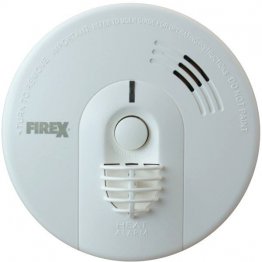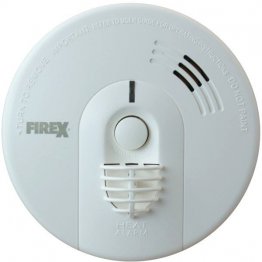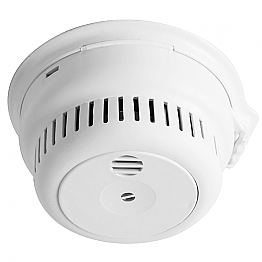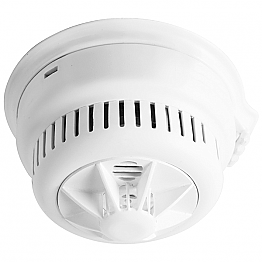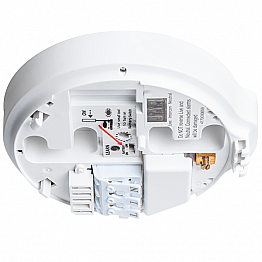- Cable Protectors
- Corner Guards
- Temporary Barriers
- Speed Bumps
- Wheel Stops
- Traffic Mirrors
- Cones and Fencing
- Permanent Barriers
-
Fire Safety
- Fire Safety Equipment
-
Fire Extinguishers
- CO2 Fire Extinguisher
- Dry Powder Extinguishers
- Water Fire Extinguisher
- Water Additive Extinguisher
- Foam Fire Extinguisher
- Lith-Ex Fire Extinguishers
- P50 Self-Service Fire Extinguishers
- Firexo All Fires Extinguishers
- Wet Chemical Extinguisher
- Clean Gas Fire Extinguisher
- Designer Extinguishers
- Automatic Extinguishers
- Launcher Fire Extinguishers
- Wheeled Fire Extinguishers
- Cold Protected Extinguishers
- Home Fire Extinguisher
- Boat Fire Extinguishers
- Fire Extinguisher Packs
- Fire Blankets
- Intumescent Fire Stopping
- Fire Brigade Equipment
- Fire Hose Reels & Spares
- Extinguisher Stands
- Fire Extinguisher Servicing
- Fire Buckets
- Fire Alarms
- Fire Alarm Systems
- Smoke Alarms
- Extinguisher Box
- Fire Wardens
- Fire Exit Security
- STI Vandalism and Theft Stoppers
- Extinguisher Accessories
- Wall Fixing Brackets
- Fixing Brackets
- Extinguisher Trolleys
- Fire Rated Hatches and Boxes
- Fire Safety Servicing
- Home Safety
- Fire Door Holders
- Ladders
- Torches and Lighting
- Electric Car Charging Safety
- Megaphone
- First Aid Kits
- Car Park Equipment
- Personal Protective Equipment
- Masks
- Fire Safety Packs
-
Fire & Safety Signs
- Fire Safety Signs
- Personal Protection Signs
- No Smoking Signs
- Must Do Signs
- Warning Signs
- Hazard Signs
- Sign Fixing
- Panoramic Signs
- Disabled
- Prohibition Signs
- White Plastic Signs
- Table Top Display Signs
- CCTV Signs
- Door Safety Signs
- Safety Tie Labels
- Health & Safety Posters
- Spill Kits
- Cigarette Bins
- Evacuation Chairs
- Fire Safes
- Anti-Fatigue & Safety Mats
- Tapes and Markers
- Emergency Lighting
- Car Safety Accessories
- Flammable Liquids Storage
2022 Scottish Regulation Alarms
Items:
1–8 of 8,
per page
Sort by:
Recommended
Bestsellers
In February 2022, new laws come into effect in Scotland. The law states that all rented and owned homes must have interlinked smoke and heat alarms installed. It is the property owner’s responsibility to make their home meet the new legislation, which has come about because of the tragic Grenfell Tower fire in London in 2017.
Interlinked alarms ensure that when one alarm goes off in the home, they all go off, so residents will hear an alarm wherever the potential fire has been detected regardless of their location. There are two types of alarms you can use: either battery or mains-wired alarms, which are connected either by using wireless technology or hard-wired.
Which Alarms Do I Need In My Home?
All houses in Scotland are required to have the following alarms installed by February 2022:
- One Smoke Alarm in the living room, or the room you use the most
- One Smoke Alarm in every hallways and landing
- One Heat Alarm in the kitchen
These must be attached to the ceiling and interlinked. You can choose to install more alarms than the minimum requirement for additional protection at your own discretion.
Your home may also require One Carbon Monoxide Alarm to be installed in every room with a carbon-fuelled appliance (such as boilers, stoves, fires and heaters) or a flue. The CO detector does not need to link with the fire alarms, but it must have a sealed battery for the duration of its lifespan.
The alarms should also comply with the standards listed below.
- Smoke Alarms – BS EN14604:2005
- Heat Alarms – BS 5446-2:2003
- Carbon Monoxide Detectors – British Kitemark EN 50291-1
Which Types of Alarm Are Appropriate?
Not every heat and smoke alarm available on the market is legal under the new Scottish regulations.
You can decide to either have a mains-powered alarm or one which is powered by a sealed long-life lithium battery that is tamper-proof. The mains-powered versions will have a backup battery to ensure protection even during a power outage and will need to be installed by a qualified electrician. The long-life battery versions are usually easier to install and contain batteries that ensure the battery cannot be removed. An alarm only powered by a replaceable battery, such as AA and 9V, is not compliant.
There are also two different methods of interlinking your heat and smoke alarms. You can either use a hard-wired link or a wireless radio connection. The hardwire interlinked option is often cheaper and requires an interconnecting cable that runs through all the alarms, which is best installed by an electrician. The wireless option is simpler, but more expensive, and can be achieved either by choosing an alarm with this feature built-in or using a wireless bases.





